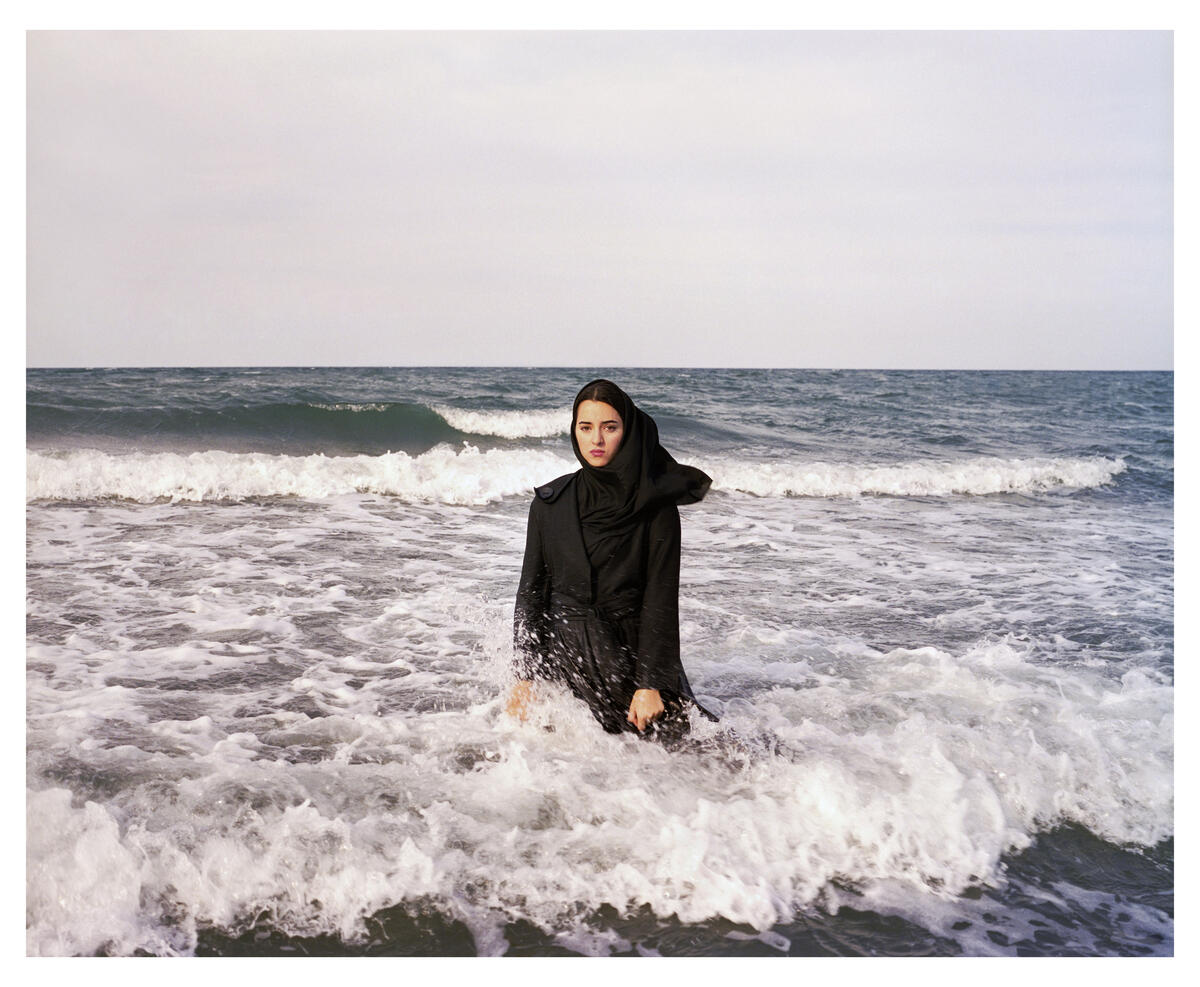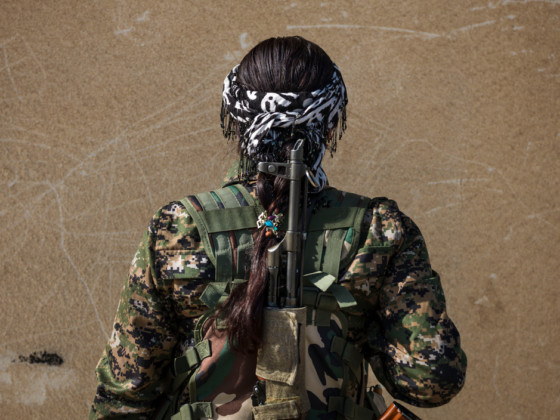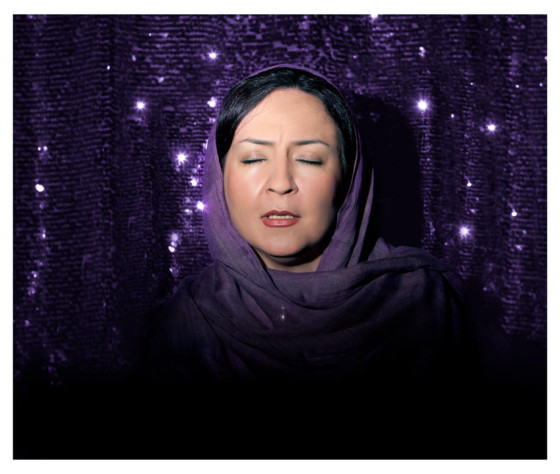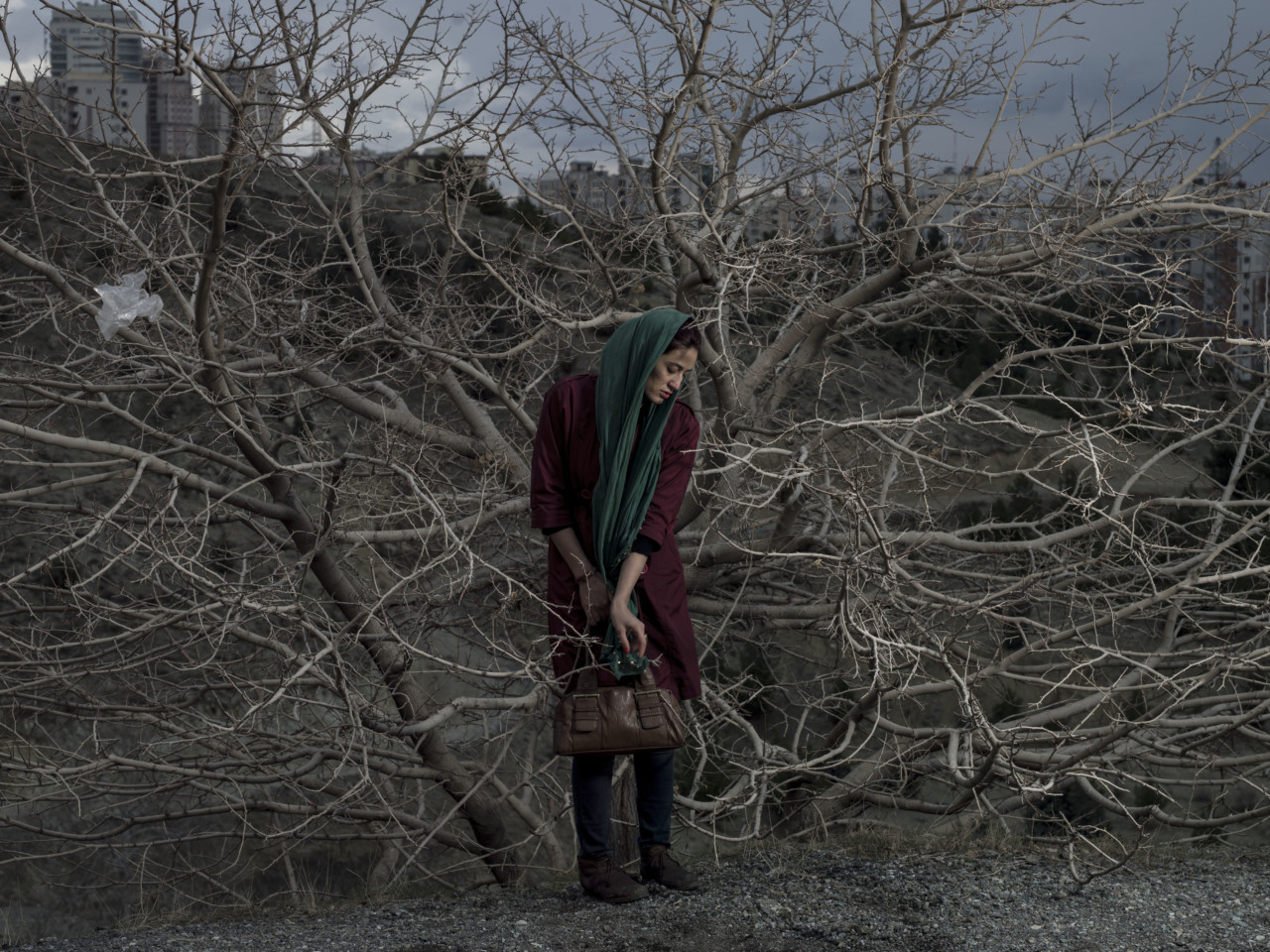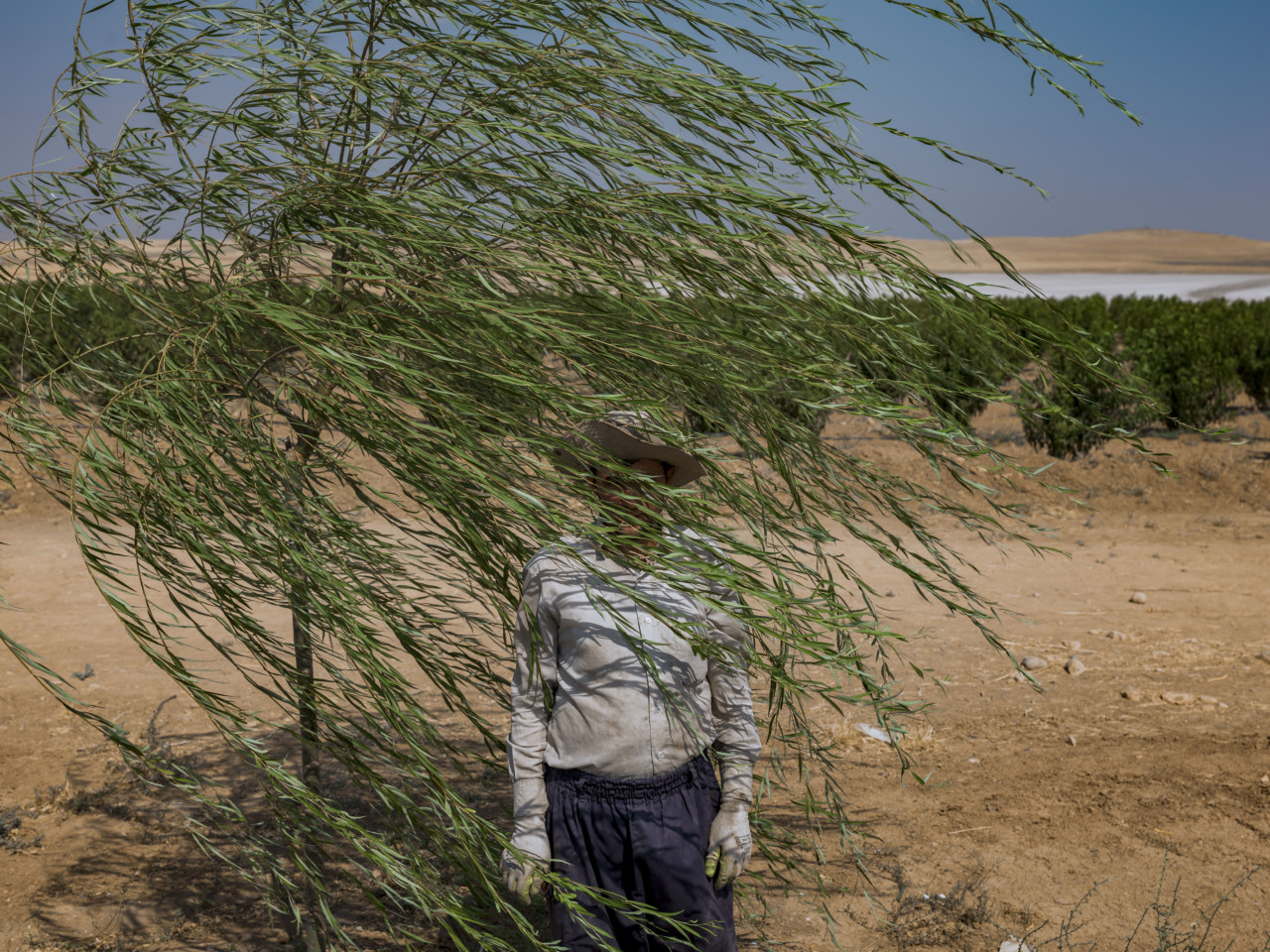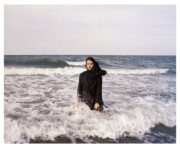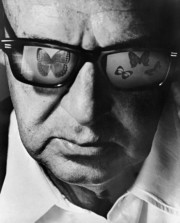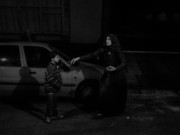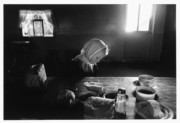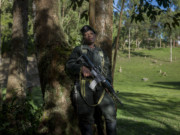Newsha Tavakolian: On Patience and Portraiture
How intuition and gut instinct guide the photographer’s approach to taking portraits
For Newsha Tavakolian, the whole process of creating a portrait is collaborative. “There is no way I can take a good portrait of someone when the person is unwilling to open up, spend time or let me into their world,” she says. “Portrait photography is about putting ego aside, gaining trust and not taking too much of the space of the person that it is all about. When I’m with the people I portray, I want to be light, and almost invisible. Still, I do want to have a lot of interaction with them.”
When she spent time in Colombia with the women guerrilla fighters of the FARC in 2017, Tavakolian firstly immersed herself into the situation before even trying to take any portraits. “Instead, I walked around, took some snapshots and allowed the guerillas to get used to me,” she explained. Getting to know their stories first was key groundwork that enabled the astonishingly candid portraits of the fighters that resulted.
"It took me that long to take the ten portraits because it took a while for them to unmask in front of the camera. "
- Newsha Tavakolian
“I love people and I love listening to their stories, so I always first listen and ask questions, so I can get a sense of people and the space they live and work in. For me, the best portrait always comes after spending long hours with the person I want to portray, because after some hours they don’t notice you anymore. They are more relaxed and themselves. Of course, the light is also very important to me, as is the pose. I have to take the decision as to whether to let them find their own pose, or whether I should direct them. But I’m always open to surprises, of course.”
Knowing the stories of her subjects results in images steeped in narrative, as vivid symbolism comes to represent their backstories. “I want a portrait to make me think of another person’s life, imagine stories about her or his life. I want to be able to make millions of stories from one portrait,” she says.
One of Tavakolian’s portraits of Nazanin, who appears several times in the photographer’s work, sees her subject positioned alone on the Caspian coastline, surrounded by nothing but darkness. The image was taken during Nazanin’s last week in Iran, just as she was about to leave her husband, her house, and her life, and head to Australia. “This is how I saw her,” explains Tavakolian. “Naturally, I also inserted my ideas and feelings. It’s not always about technique, composition and light. I wanted to bring out the feelings and the emotions. For me, at that moment, I saw Nazanin in that manner. When taking a portrait, some people like to engineer a beautiful style and use that as a format. Others follow their emotions and gut feelings; I belong to that group.”
There are a number of ways that portraiture has entered the practice of photographer Newsha Tavakolian: “I can see that portraiture has always played an important role in my work,” she says, “for instance, when I did my Mother of Martyrs series in 2006. I went to a demonstration to cover news, but I stumbled upon a group of mothers holding up images of their sons who had died in the war and I decided on the spot to to take their portraits.”
A subsequent project called Listen saw Tavakolian shooting fictional CD covers for Iranian women, and was a continuation of this idea. “As I was doing a project on women who are not allowed to sing solo in Iran, I decided to make imaginary CD covers, including CD cases for them, but to leave the cases empty.”
For the project Look, Tavakolian photographed people she had known for 10 years, who lived in the same building as her in Tehran, creating a picture of a nation of middle class youth, isolated, struggling to see a future. Within a pattern of similarly framed portraits, taken over a period of six months, at 8pm overlooking the same concrete view of the city, she captured their individuality and personal stories. “My goal was to create a portrait in a limited space–against the background of a 3×2 window frame–that would translate into a broader story, that of a generation,” explains the photographer.
“The objective was not to get to know my neighbors better, but I wanted to use them and friends to put across the feelings of that era in Iran. I placed my camera on a tripod and every day I took their portraits at dusk, in order to get the light I wanted. The people I portrayed came multiple times in a period of eight months. It took me that long to take the ten portraits because it took a while for them to unmask in front of the camera. While the setups were staged–using different items to create an atmosphere–I didn’t want the people portrayed to be fake so I recreated moments of their lives with them at the center.”
According to Tavakolian, the components that she finds most important in creating a good portrait are patience and creativity. “Be human and curious, and the rest will come by many hours of shooting,” she advises.
In August, Tavakolian, alongside Zied Ben Romdhane, will be leading a three-week intensive Summer Course designed for aspiring or practising photographers in the French coastal town of Marseille. Find out more and book your spot here.


